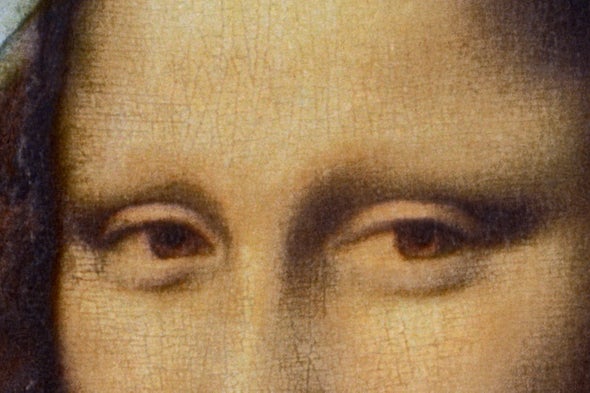This is Scientific American — 60-Second Science. I'm Christopher Intagliata.
Leonardo da Vinci's most famous painting also has an optical illusion named for it: the Mona Lisa effect. It's the feeling that the subject of a painting is following you with her gaze. "You continuously feel being looked at, despite moving to the left or moving to the right, perhaps even rotating the picture."
Sebastian Loth is a psychologist at the University of Bielefeld in Germany. And while he doesn't dispute that the illusion itself exists — you've probably also seen it in the Uncle Sam Army recruitment poster — he says there's a problem with the phenomenon's name.
"I can show you so many papers where people have literally started their introduction with 'We all know that Mona Lisa looks at you,' and so on and so forth, and then they'd go into their argument, whatever it is, but actually she, in this specific picture, doesn't look at you."

He and his colleague Gernot Horstman conducted a scientific investigation of this claim by sitting 24 volunteers in front of a computer screen, which displayed various magnifications of the Mona Lisa. They placed rulers at two distances between the subjects and the screen. Then asked the subjects to indicate where on the rulers the Mona Lisa's gaze intersected.
"And then you can compute a line, that's basically school mathematics here, and then you can figure out the angle. And what came out was 15 degrees to the right." So the Mona Lisa actually stares over the viewer's right shoulder, he says. Not straight out of the canvas — the key to creating her namesake illusion. The write-up is in the journal i-Perception.
Loth says effects like these can have modern implications, too. For example, when building virtual assistants on computers, which might need to speak to — and make eye contact with — more than one person in a room. As for da Vinci's masterpiece, there's still another illusion that remains: the mysterious ambiguity of the Mona Lisa's smile.
Thanks for listening for Scientific American — 60-Second Science. I'm Christopher Intagliata.












